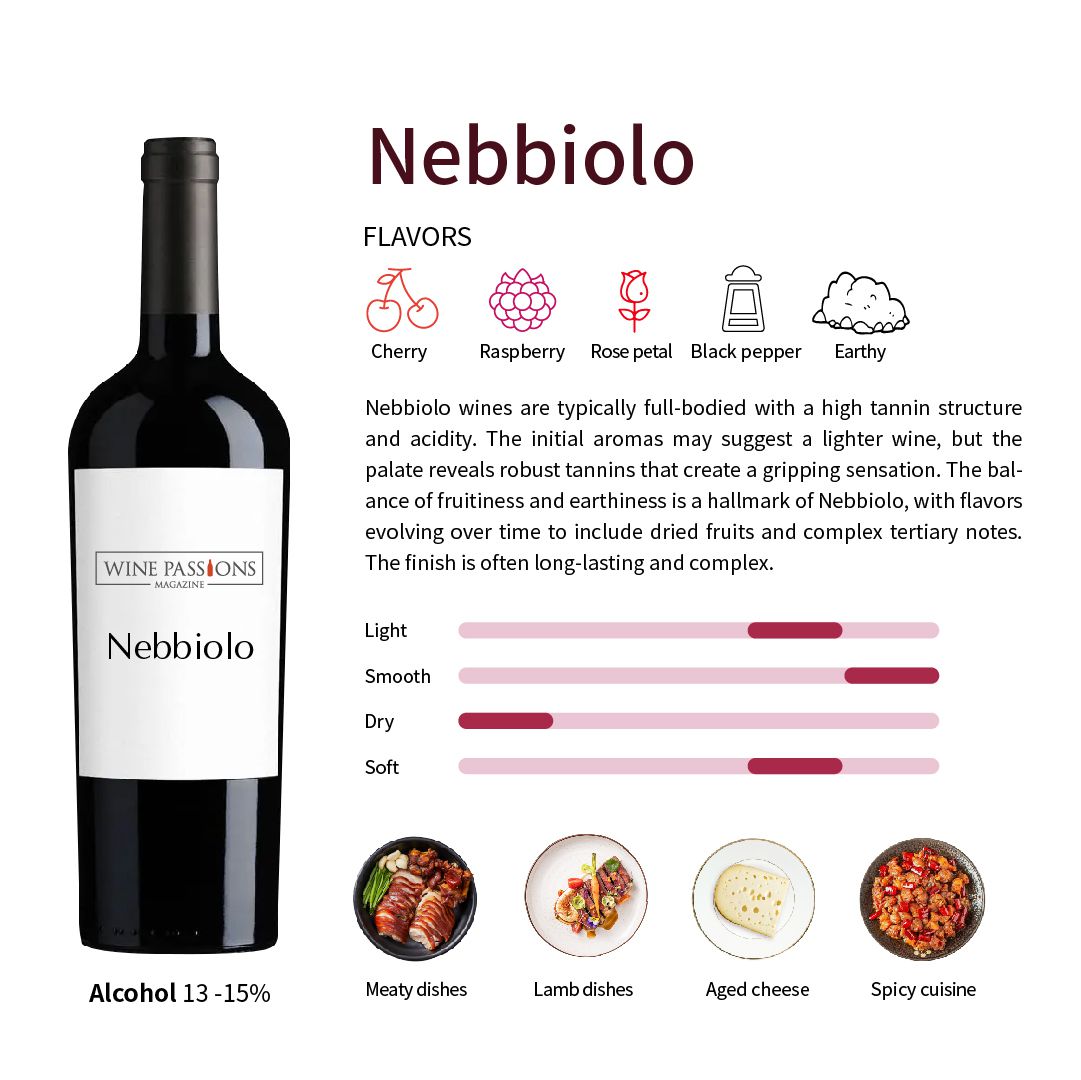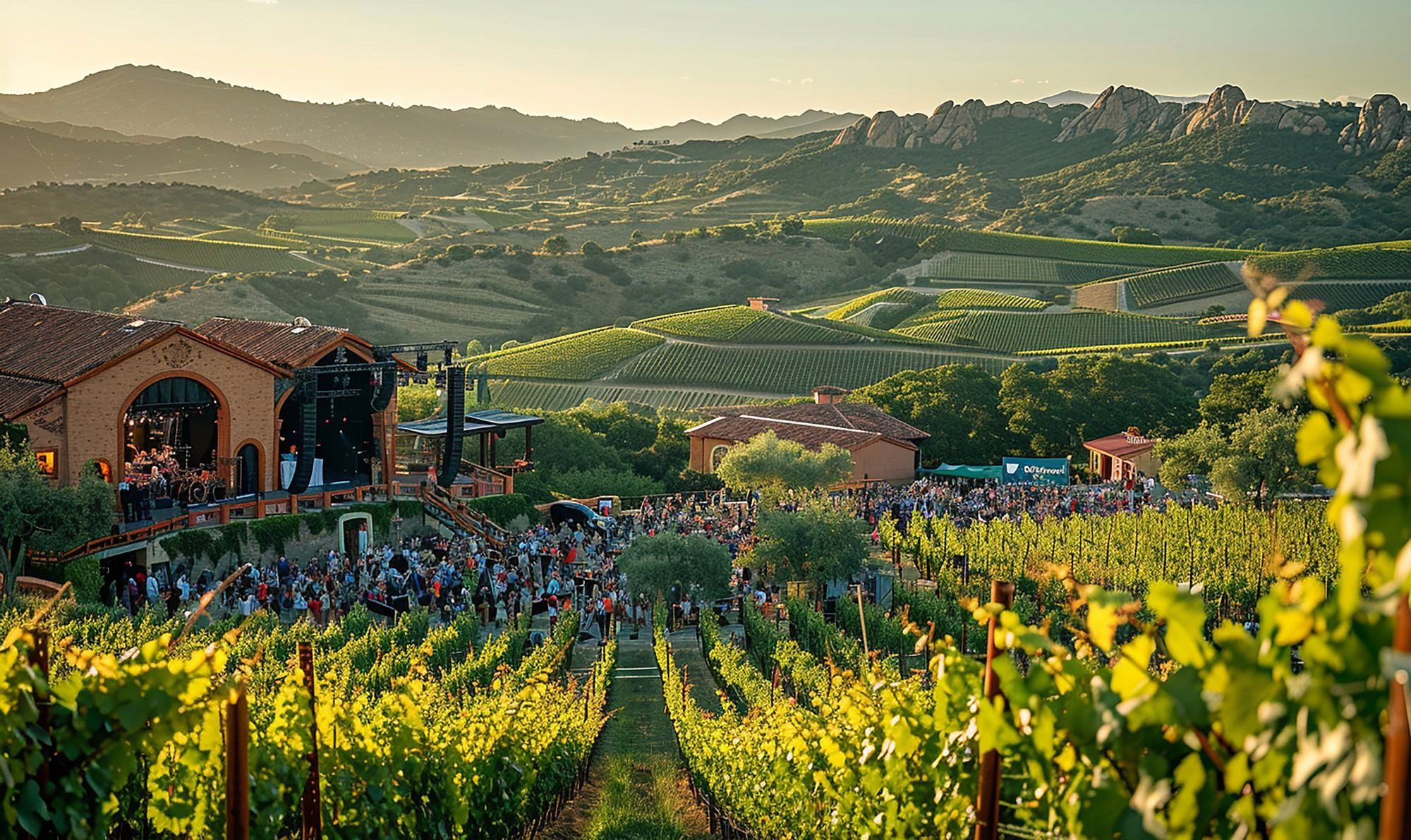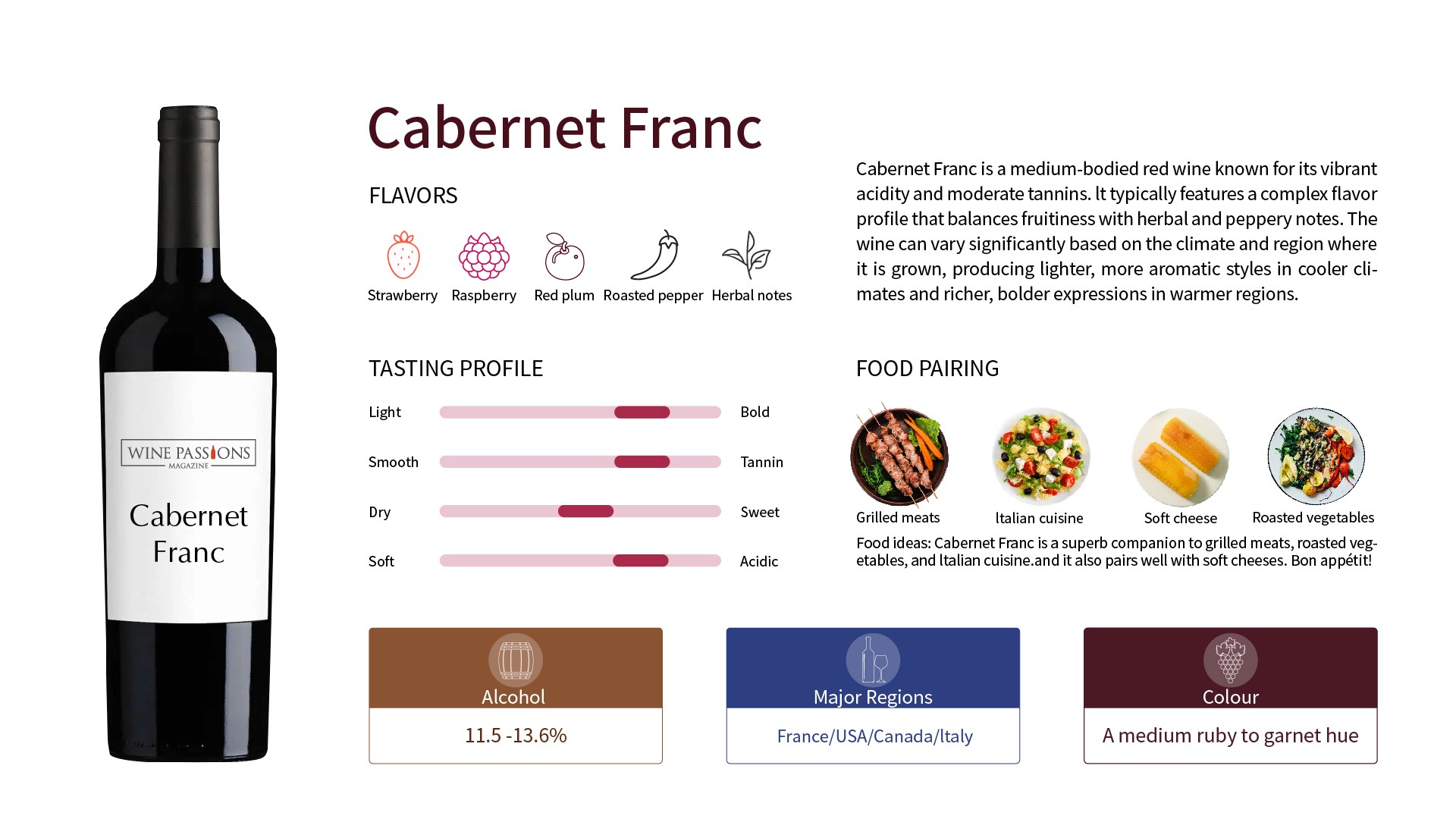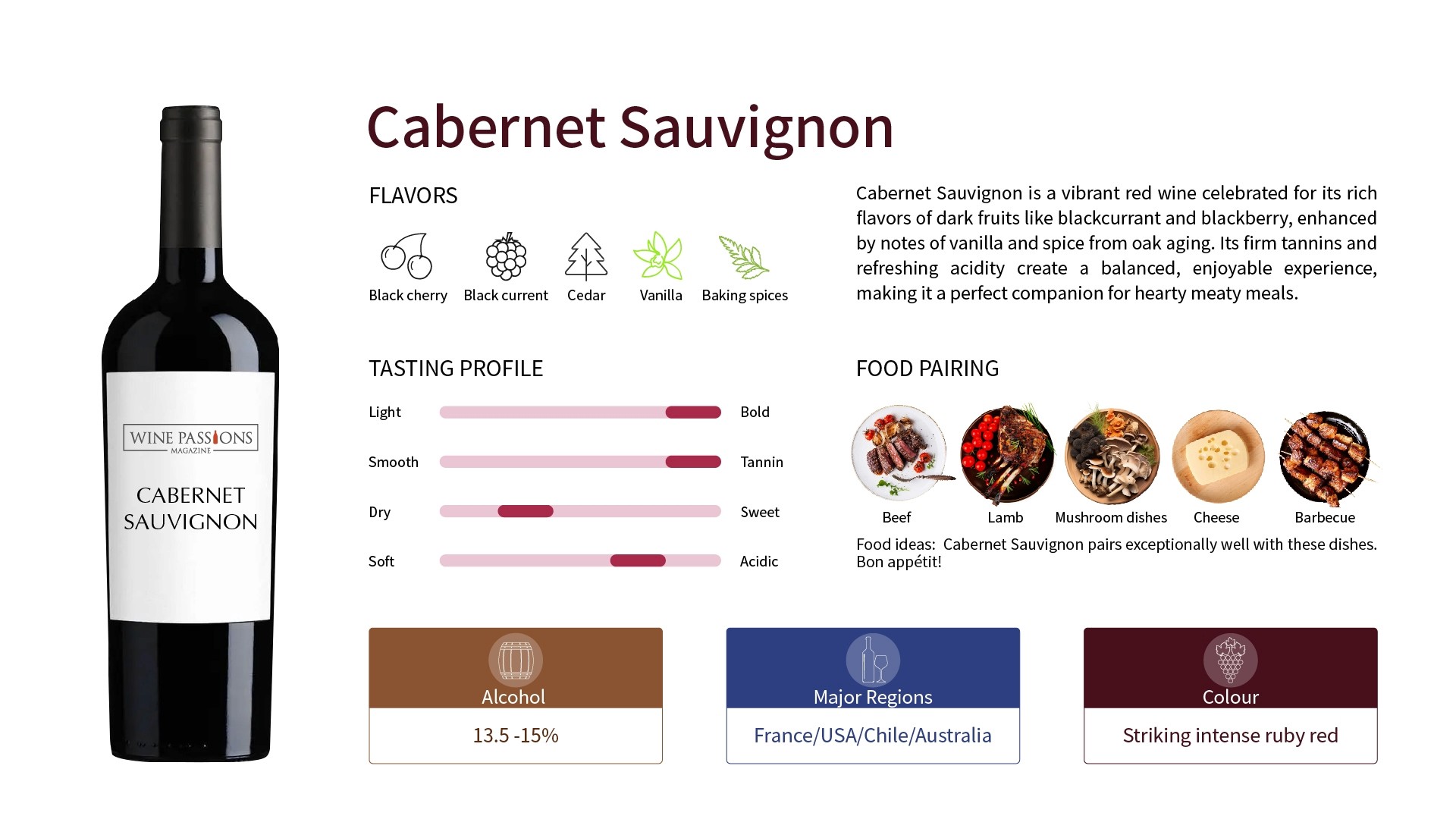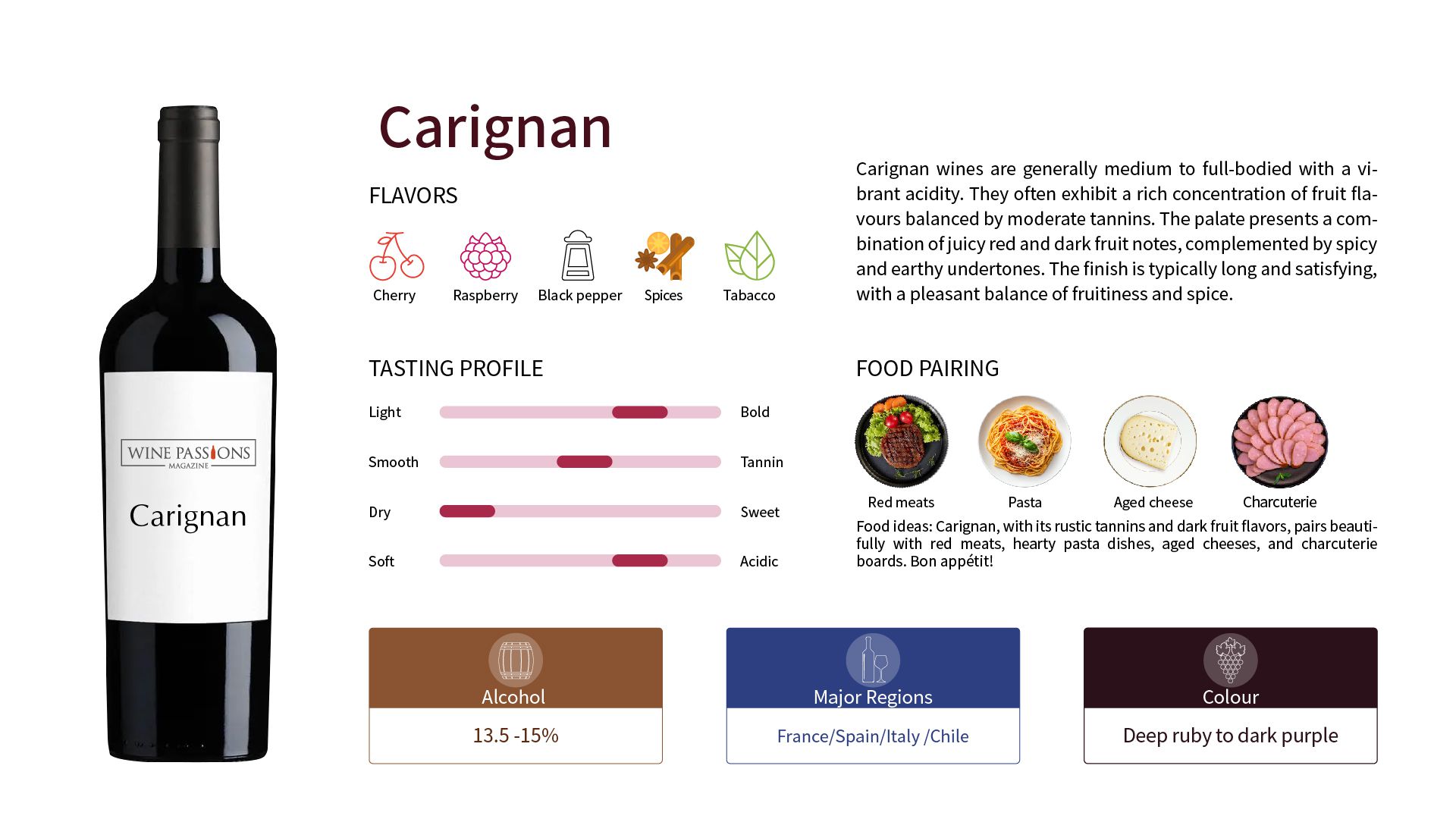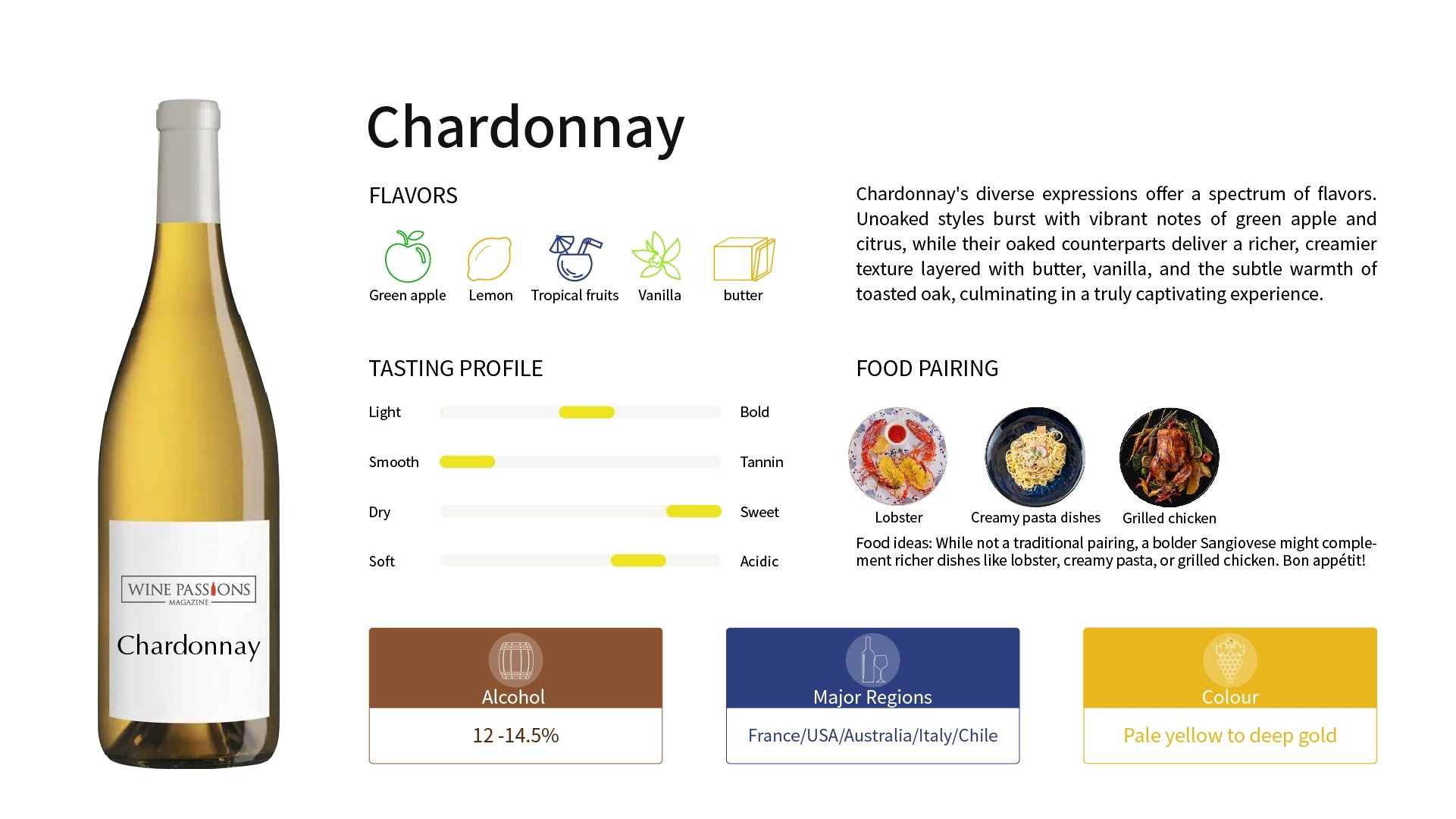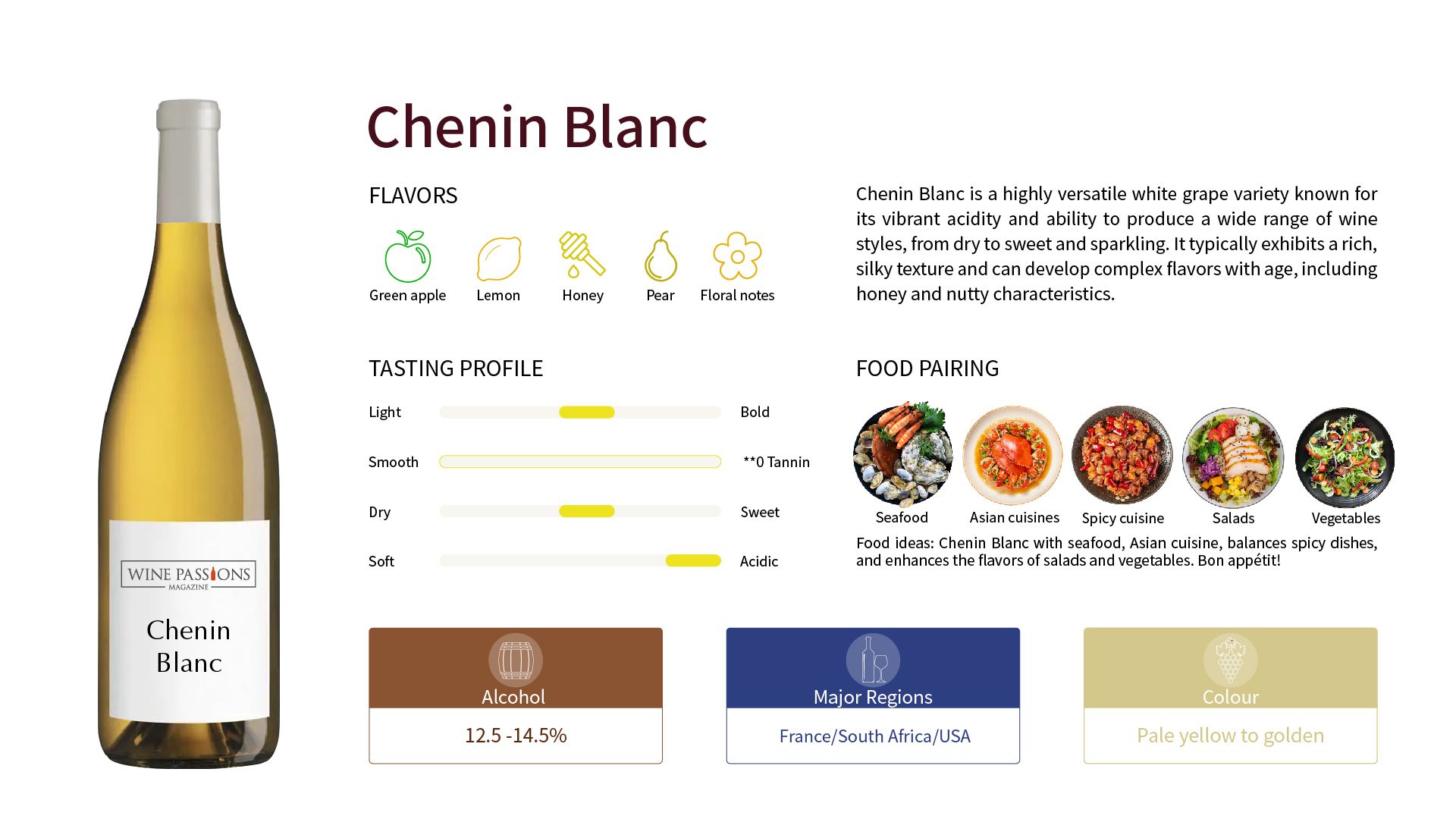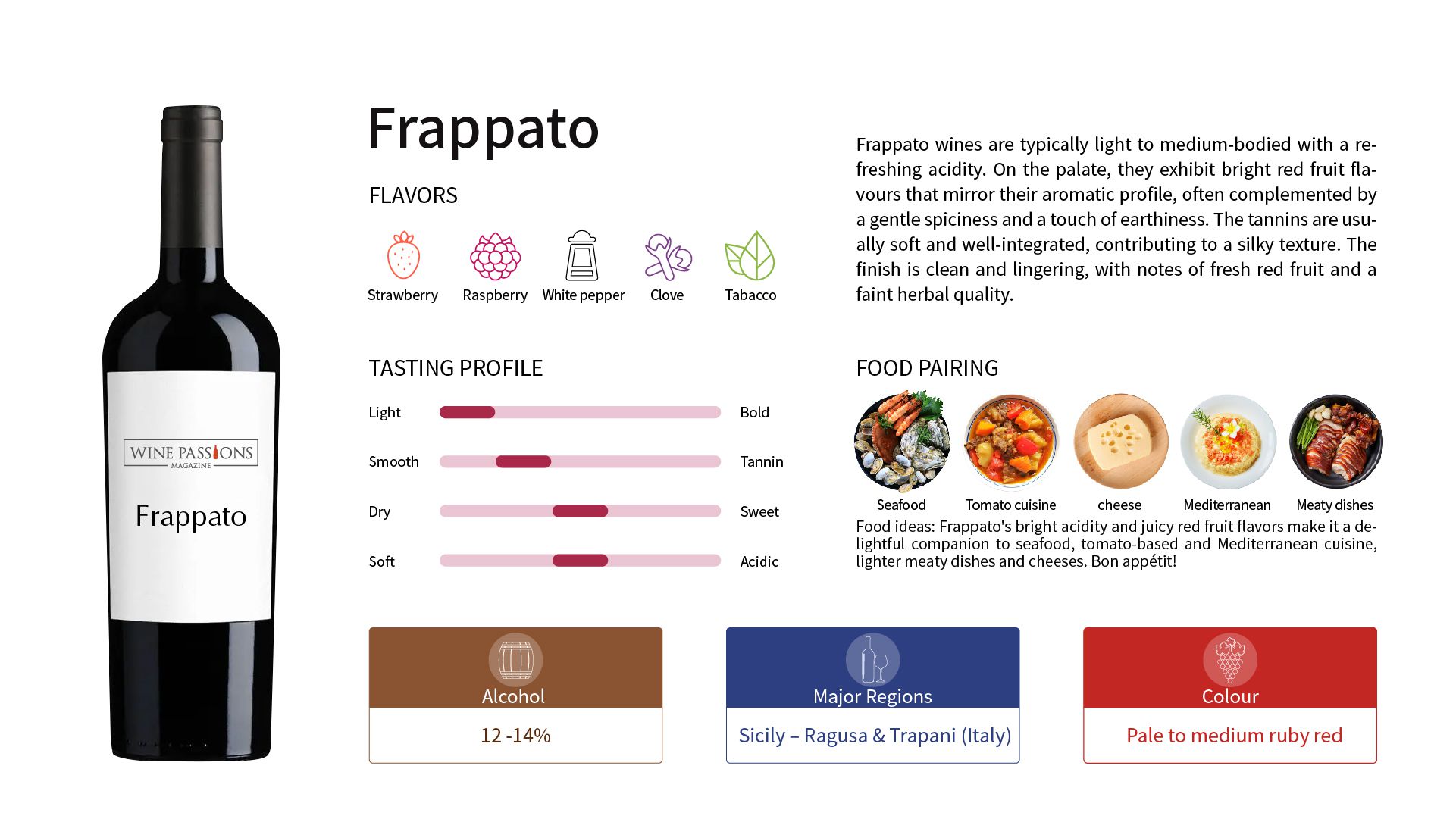Cabernet Franc
Background and Origin
The history of Nebbiolo dates back to the 13th century when it was first cultivated in the Piedmont region of northern Italy. Its name derives from the Italian word "nebbia," meaning fog, as the area often experiences fog during the harvest season, which aids in grape ripening.
Nebbiolo mainly grows in sub-regions such as Langhe, Valtellina, and Roero, and is renowned for its top producing areas, Barolo and Barbaresco, earning it the title of "the king of grapes." With advancements in winemaking techniques and changes in market demand, Nebbiolo has gradually gained recognition, and the wines produced from it have achieved high international acclaim.
Reasons for Nebbiolo's Popularity
Unique Flavor: The wines are praised for their complex and unique flavor profiles. These wines often feature aromas of red cherries, rose petals, tar, and spices, and as they age they develop more layers, such as dried fruits and herbs, making them highly sought after by wine enthusiasts.
Excellent Aging Potential: With high tannin and acidity, they are very suitable for long-term aging. Many high-quality Nebbiolo wines show more graceful, delicate textures and increasingly complex flavors after aging for decades, which encourages collectors to invest in such wines.
Culture and Heritage: Nebbiolo is not just a grape variety, but an important part of Piedmontese culture. The local cultivation techniques and winemaking traditions for Nebbiolo are deeply rooted, making each bottle of wine carry a rich historical and cultural background.
Rare and Precious: Due to the high environmental demands for its growth, production is limited, making it quite scarce and sought after in the international market.
Tasting Characteristics of Nebbiolo
Fruit Aroma: Primarily showcasing aromas of red cherry, blackberry, and dried fruits, which can develop notes of figs and plums with aging.
Spices: Commonly includes floral notes of rose, cloves, cinnamon, and black pepper.
Texture: With high tannin and acidity, it results in a tight and powerful mouthfeel, but over time, the tannins gradually soften, leading to a smoother and rounder palate.
Main Regions of Nebbiolo Production
Barolo: Known as the "king of wines," recognized for its intense and complex flavors. Barolo must be made from 100% Nebbiolo and should be aged in oak barrels for at least 38 months.
Barbaresco: Compared to Barolo, it has a softer style but also possesses excellent aging potential. Barbaresco must be made from 100% Nebbiolo and be aged for at least 26 months.
Langhe: This area produces various high-quality Nebbiolo, including Langhe Nebbiolo DOC, which encompasses multiple sub-regions.
Valtellina: Located in the Lombardy region, known for producing elegant and floral-style Nebbiolo. Here, Nebbiolo is referred to as Chiavennasca.
Famous Nebbiolo Wines
Barolo DOCG: Known for its strong structure and rich flavors, it is one of the most prestigious red wines in the world.
Barbaresco DOCG: Usually drinkable earlier than Barolo, it is renowned for its elegance and softness.
Ghemme DOCG and Gattinara DOCG: These two wines from northern Piedmont are praised for producing high-quality Nebbiolo.
Bartolo Mascarello Barolo: This wine is known for its outstanding quality and traditional winemaking methods and is highly sought after by collectors.
Angelo Gaja Barbaresco: This wine showcases a perfect blend of New World winemaking techniques and traditional French styles.
Handling Tasting Method
Tasting Temperature: It is recommended at 13–16°C
Tasting Glass: Aromatic glass
Decanting Time: It is recommended to decant for at least 60 minutes to promote oxidation and soften tannins
Aging Time: 5-25 years
Food Pairing
Nebbiolo pairs very well with rich-flavored foods, such as:
Stewed meats (such as beef, duck, lamb, etc.)
Sausages or aged cheese
Italian risotto or pasta with tomato sauce
Spicy Asian dishes: those with soy sauce or five-spice powder can particularly enhance the delicious essence of the dish.
From the above content, we can see that Nebbiolo is not only a charming and versatile grape variety but also plays an important role in carrying rich culture and historical stories. Whether at the dining table or at a wine tasting event, it offers a delightful and unforgettable drinking experience.
